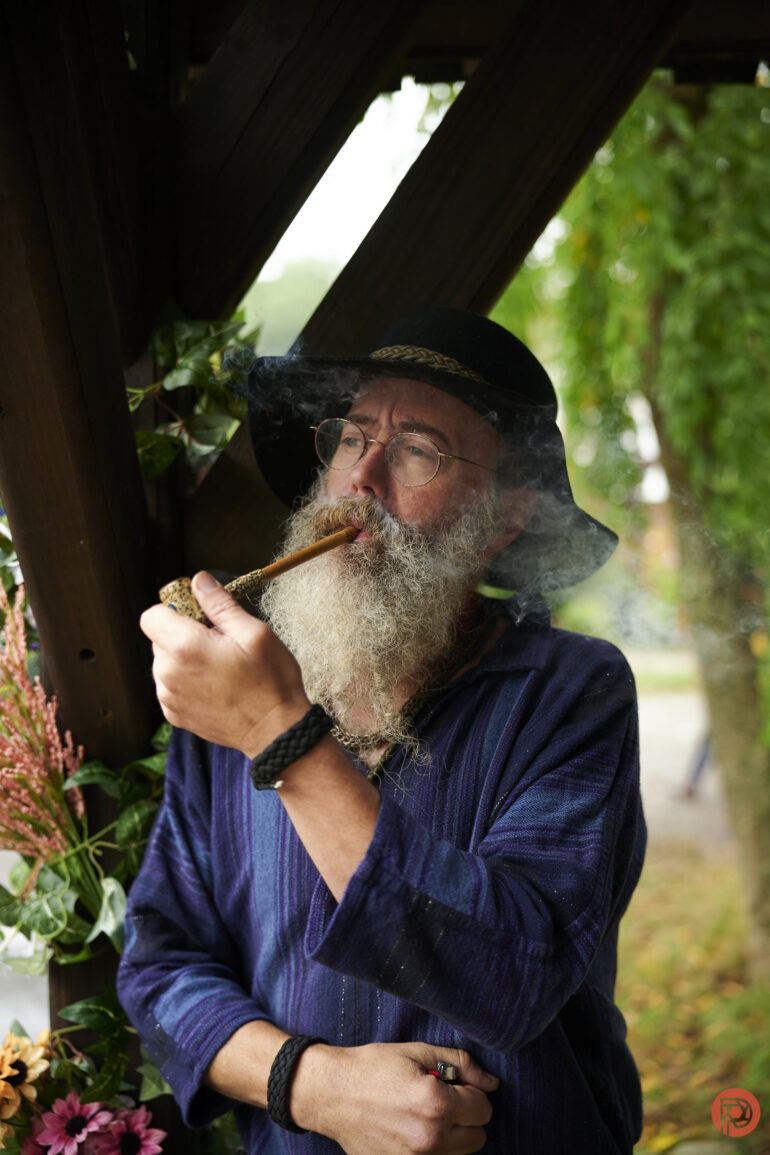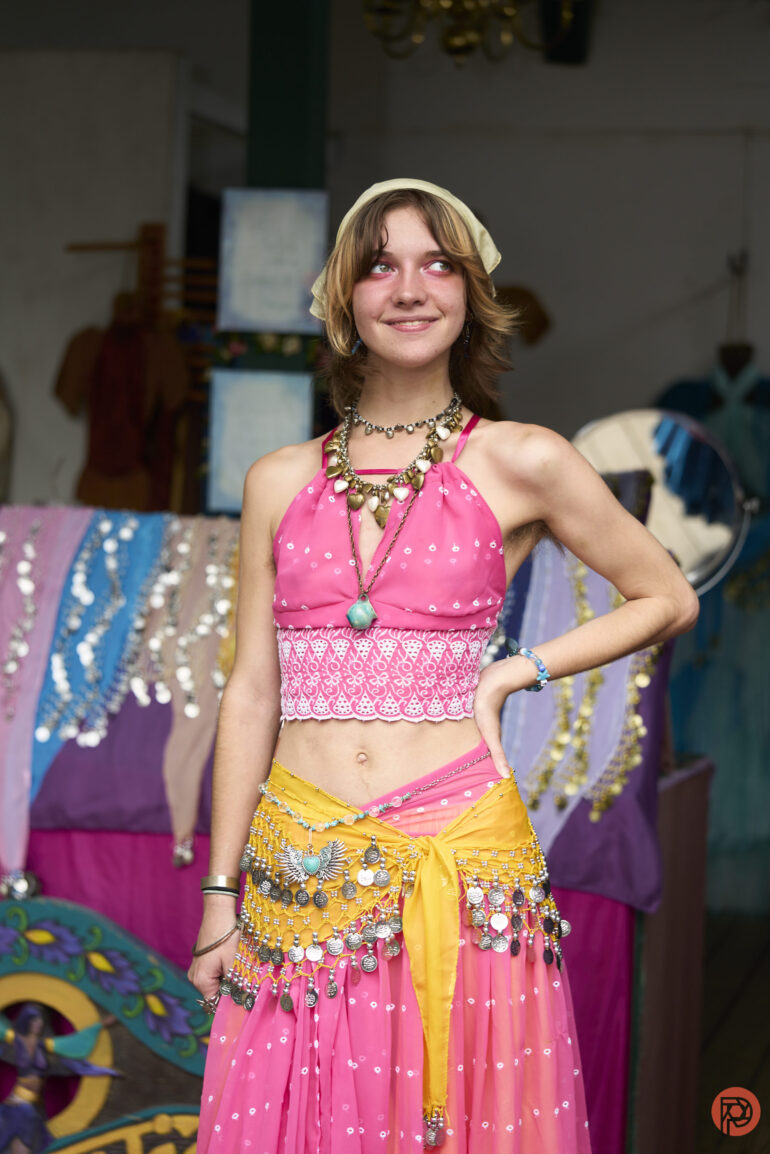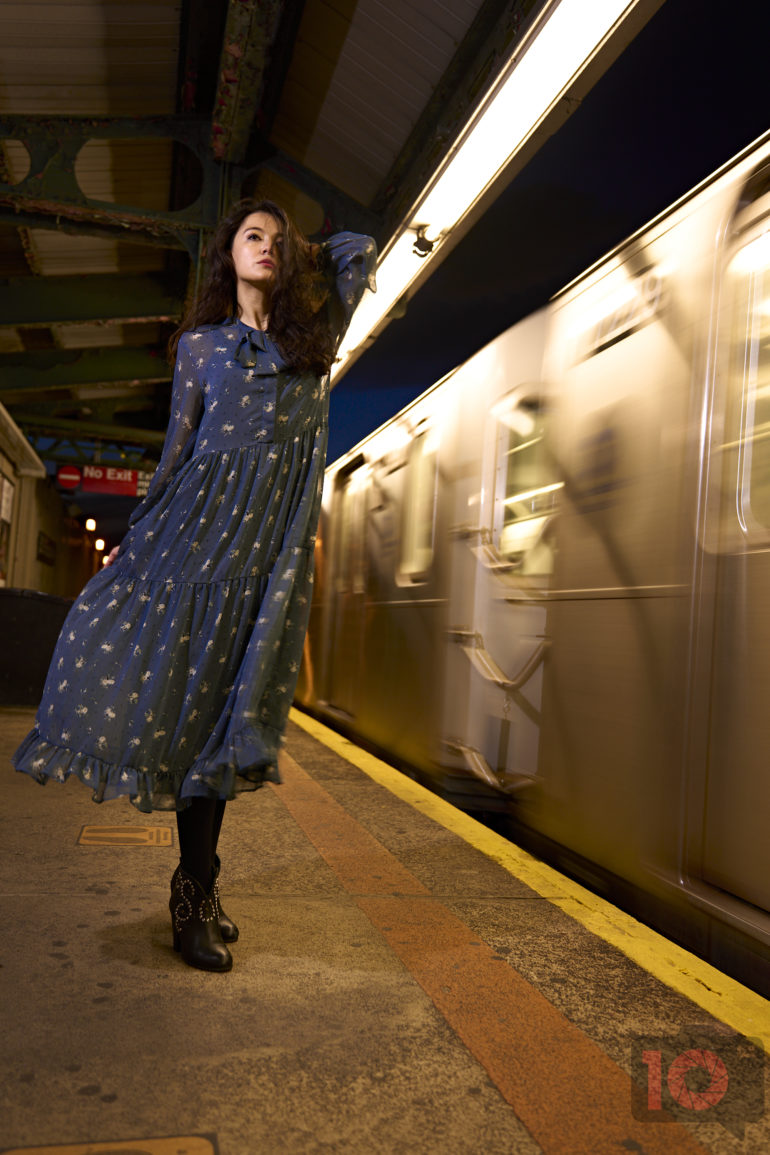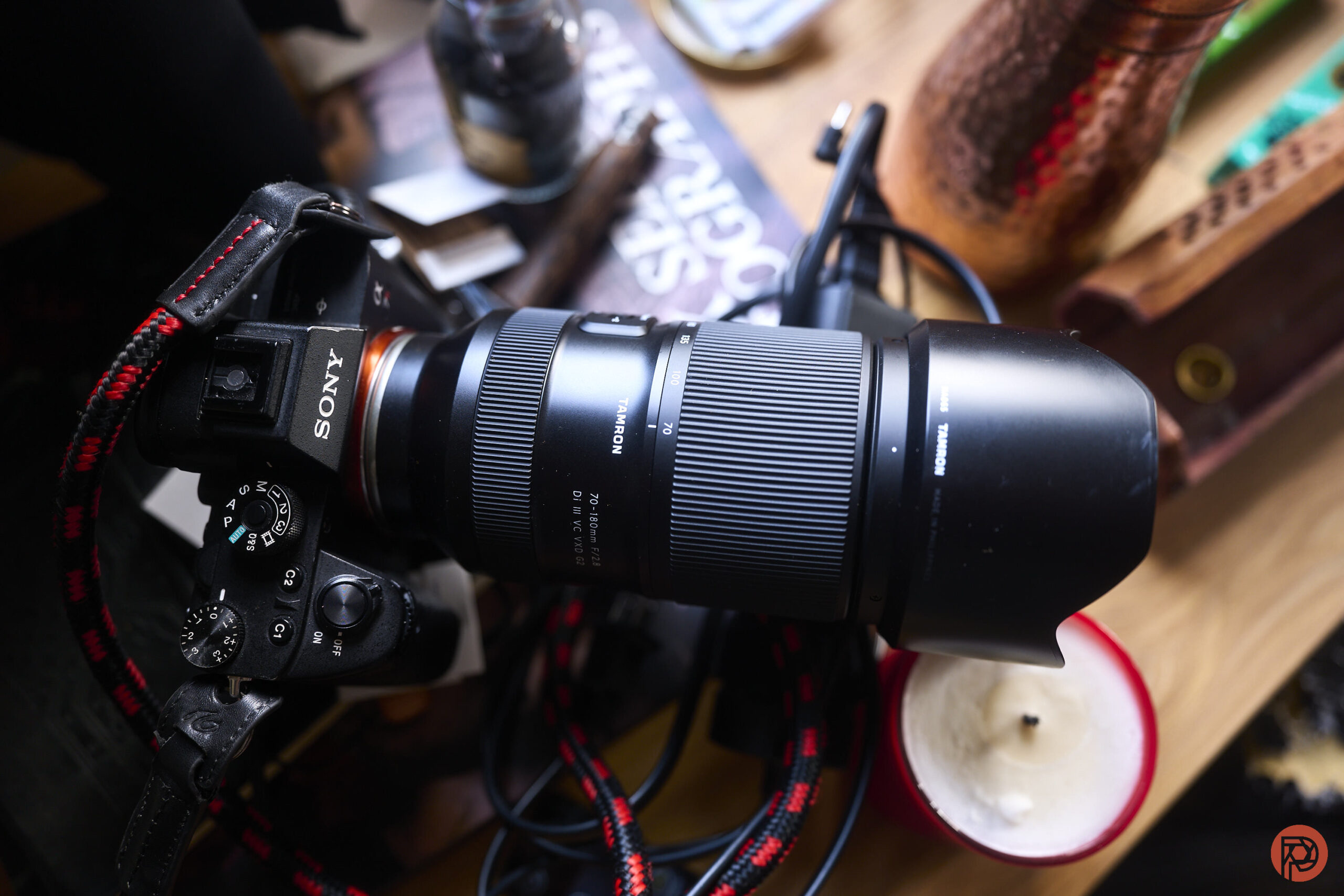It’s undeniable that in the past decade, wider-angle lenses have become a favorite of many photographers for portraits. But as those lenses have technologically become better, so too have the longer lenses. And let’s be real here — photographers love beautiful bokeh provided by fast, longer lenses. Mixed in with the actual great subject matter, better portraits can be had by shooting wide open to get the maximum bokeh and to separate the subject from the background.
This piece is presented in partnership with TAMRON. We’ve independently and ethically reviewed all the products in this post already without sponsorship. And we worked with them to recommend a few key gems to you.
Over the years, we’ve used various lenses from different brands. Consistently, Tamron ends up being one of our favorite lens companies for a slew of reasons. First off, they all offer weather resistance — which means that your camera’s sensor will keep clean when you practice good habits. Second, the autofocus on the lenses simply works across all the camera brands they support. This is especially the case with Sony, as they are a large stakeholder of Tamron. Lastly, their lenses combine good color with a level of sharpness that doesn’t need to be improved on.
With lenses that offer longer focal lengths, photographers get all the sharpness benefits, color benefits, autofocus benefits, and the weather-resistance. More importantly, they get bokeh that’s unlike anything they’ve seen before. Tamron’s bokeh is often nicer than being buttery smooth — it’s like frosting on top of a wedding cake.
So how do photographers make the most of that bokeh for better portraits? Well, here’s an essential checklist:
- Shoot your portrait wide open. Tamron’s image quality will balance sharpness with great colors and contrast, and that means you’ve got far less post-production to do.
- With the Tamron 28-75mm f2.8 G2: shoot at 75mm and f2.8. Using the Sony system, try to meter the scene for your subject’s skin and then underexpose the scene by around 1/3rd to 2/3rds of a stop.
- With the Tamron 70-180mm f2.8 G2: You can really shoot at any focal length and get a fantastic image.
- Using the Tamron 35-150mm f2-2.8: It’s truly difficult to shoot a photo that you won’t like. But on the longer end, you’ll get some extra “pop” to your images. If you’re shooting with a camera like the Nikon z9, then you can rely on the light metering to do all the work. On a camera like the Sony a7r V, however, we strongly recommend overexposing the scene by a little bit according to the person’s skin tones. This lens tends to be a bit extra contrasty, so it can soften the photo a bit more.
- Use soft, frontal lighting with softboxes because they make all shadows on the subject a whole lot softer. It’s basically like adding a face filter on your favorite app, but with a lot of integrity.
- If your subject is backlit, have the light come in from above the subject and have the light source just out of frame. Sometimes, this adds in a bit of lens flare that makes the photo that much more dynamic. It also ends up encompassing your subject from behind to add more separation between them and the background. Combined with Tamron’s bokeh, you’ll make better portraits by making your subject easily stand out.
The following photographs were shot with the three lenses mentioned.





